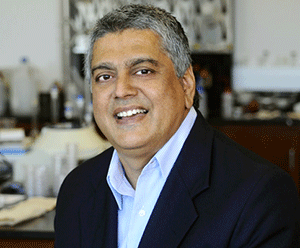 ECS celebrates Krishnan (Raj) Rajeshwar, a professor, researcher, former Interface editor, and former ECS president, by honoring him, on the occasion of his 70th birthday, with a Journal of The Electrochemical Society focus issue on semiconductor electrochemistry and photoelectrochemistry.
ECS celebrates Krishnan (Raj) Rajeshwar, a professor, researcher, former Interface editor, and former ECS president, by honoring him, on the occasion of his 70th birthday, with a Journal of The Electrochemical Society focus issue on semiconductor electrochemistry and photoelectrochemistry.
Topics of interest include but are not limited to fundamental studies on electrochemistry, photoelectrochemistry, and semiconductor devices.
Raj has spent a great deal of his career focusing in on the understanding and application of semiconductor electrochemistry and photoelectrochemistry himself. His research also includes work in solar energy conversion, environmental chemistry, and more. It’s evident that Raj is passionate about his life’s work.



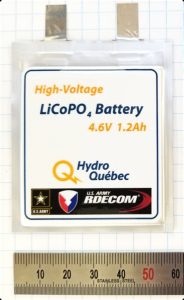
 Raymond J. Gorte, Yang Shao-Horn, and M. Stanley Whittingham, all of whom are
Raymond J. Gorte, Yang Shao-Horn, and M. Stanley Whittingham, all of whom are 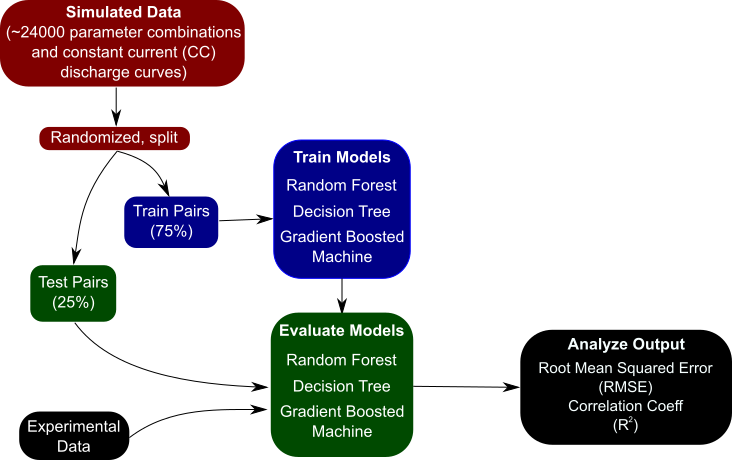
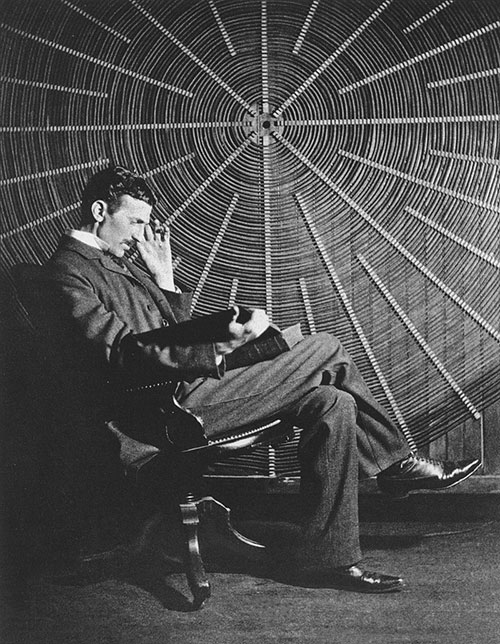 Match the following figures – Albert Einstein, Thomas Edison, Guglielmo Marconi, Alfred Nobel and Nikola Tesla – with these biographical facts:
Match the following figures – Albert Einstein, Thomas Edison, Guglielmo Marconi, Alfred Nobel and Nikola Tesla – with these biographical facts: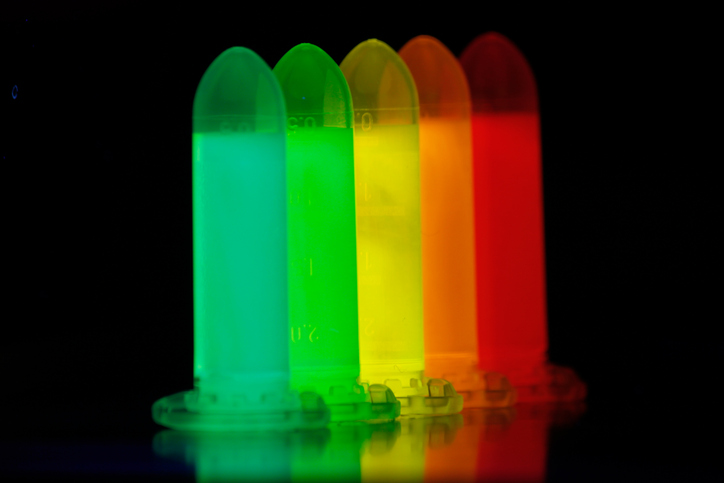 In a new paper, researchers describe the underlying mechanisms involved in creating a widely used class of quantum dots that use cadmium and selenium compounds as their molecular precursors.
In a new paper, researchers describe the underlying mechanisms involved in creating a widely used class of quantum dots that use cadmium and selenium compounds as their molecular precursors.